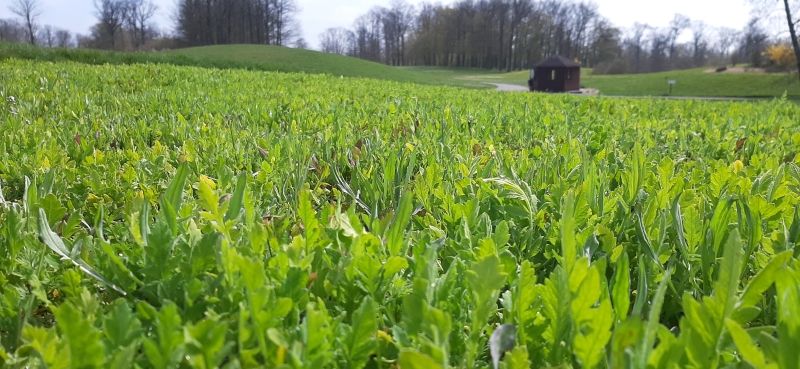Taking up a task, it is easy to become so focused on that task, that other things disappear out of sight. In the best case, it’s when a person is in the flow, but it is also possible that the task made itself feel urgent and grabbed all of that person’s attention. And probably the worst case is when the person lets herself be sucked in by the task, for example, while scrolling one of the endless feeds on social media.
Leaders develop the ability to suspend business.
They know that the task they are attending to is impacted by the many existing contexts it is happening in. By suspending business, they step back from the task and ask themselves a variety of questions that helps them put the task in the wider picture and review the situation.
Harold Bridger described this approach as the double task. Working with a group he would invite it to ‘suspend business.’ This meant stopping working on the first task and switching their attention to the second task. This second task consisted in reviewing the what, why, and how of the situation they would find themselves in.
There is no single answer to what the second task is. It is a look at the process that is unfolding. It is stepping outside of what one is doing and observing it without judgment. Some variants of the second task are to check on existing priorities, the task’s usefulness, the adaptability needed in the current situation, the alignment with the existing culture and values, the needs of the group, and so on.
There also will not be a clear right or wrong as to what to observe. Different people in the group will have different preferences and different information guiding their choice.
The main thing is to remember that there is a second task that is there to assist in getting the bigger picture right. And once this reminder appears, there will be a good reason to actually do it and ‘suspend business’ for at least a long enough moment to have to make oneself aware of the bigger picture.
As a task progresses, people also learn to see how it influences the context and needs to be reshaped to the context.


